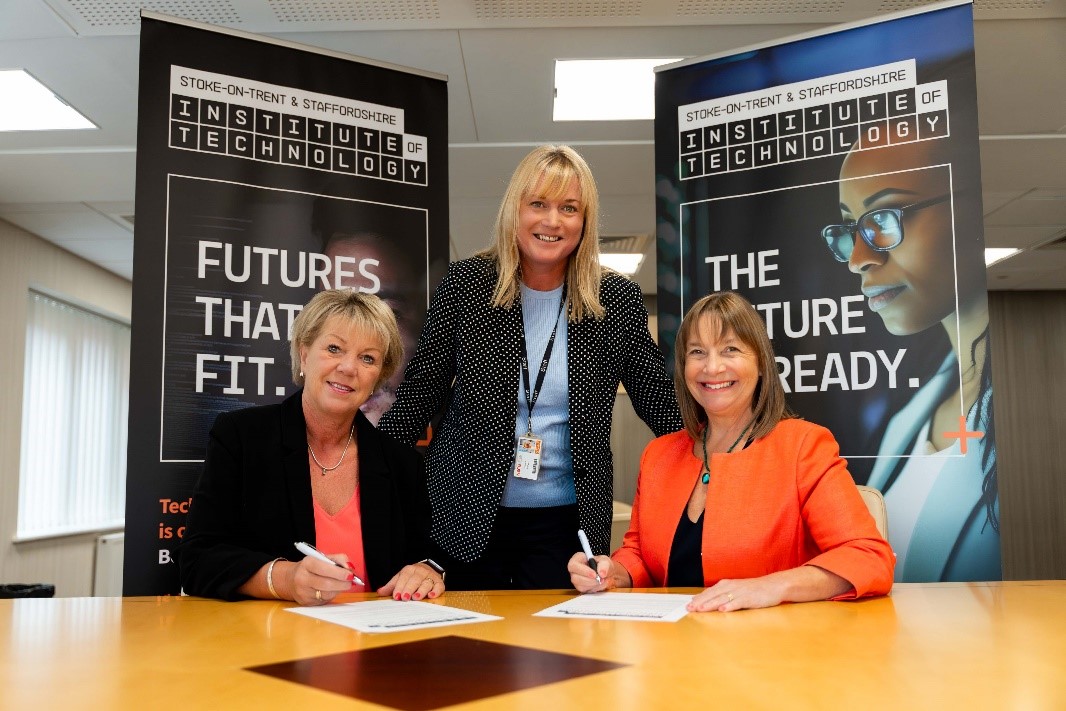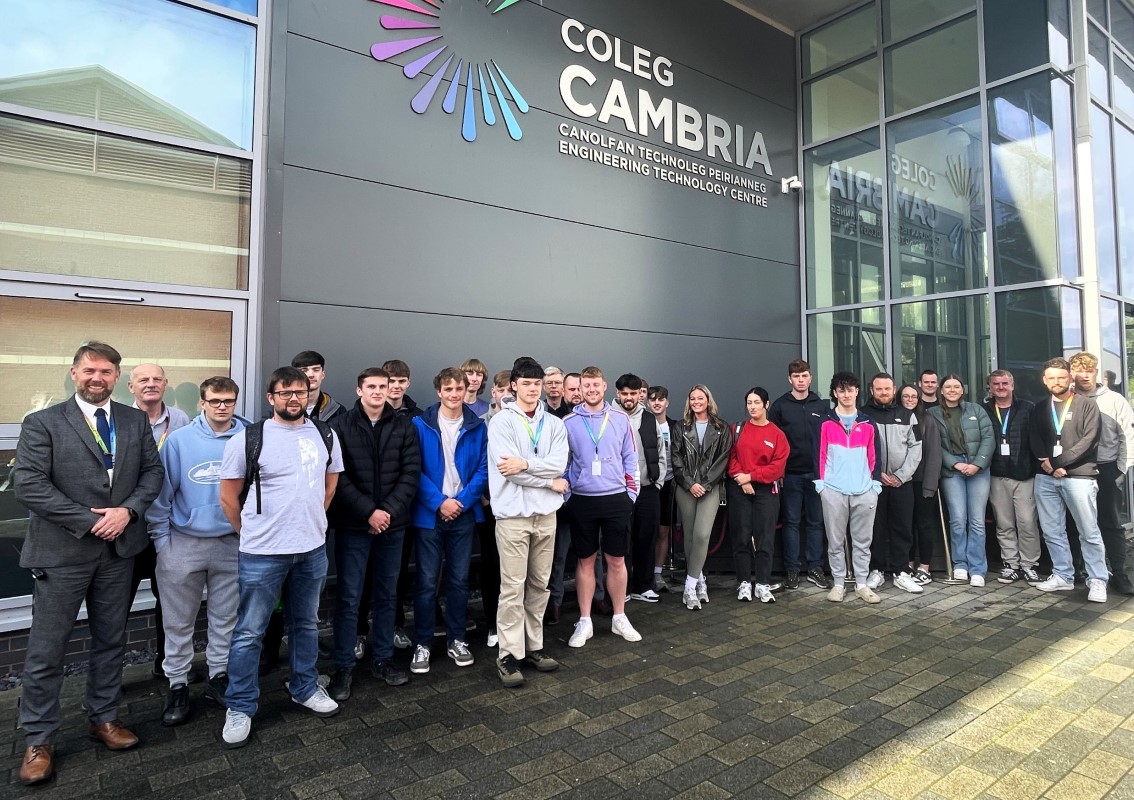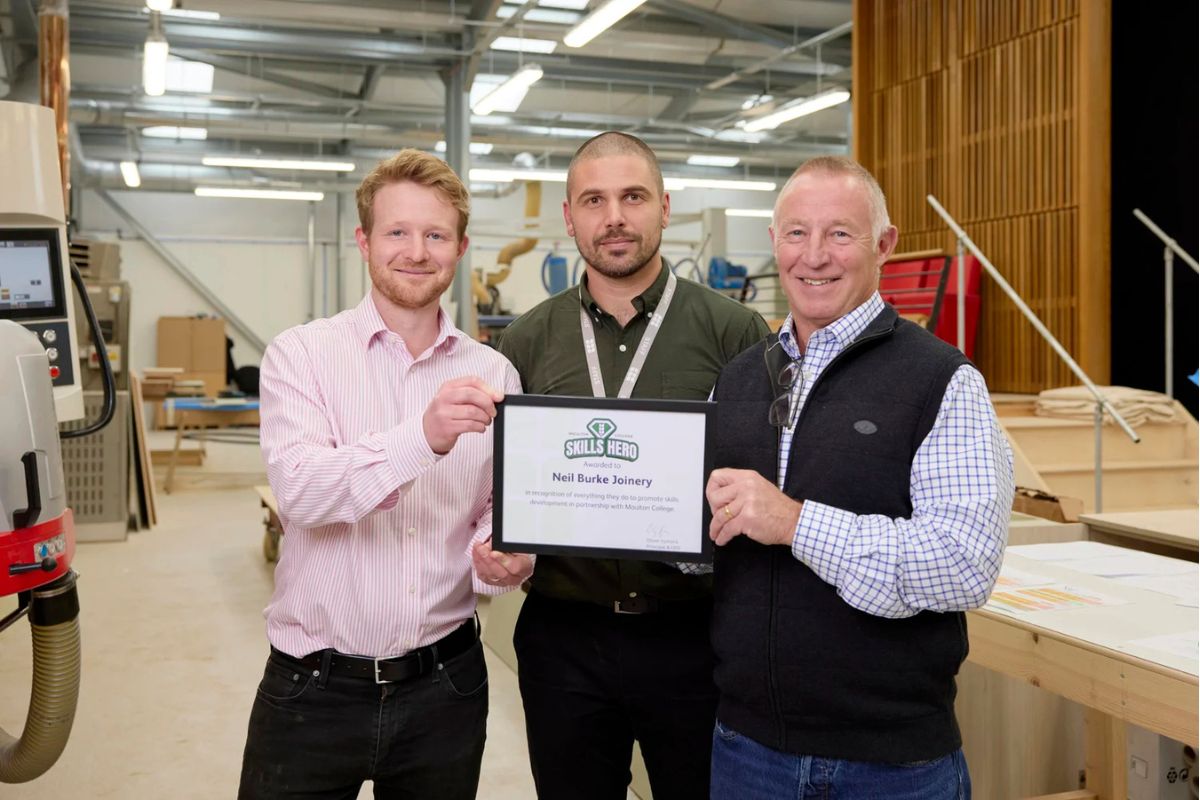Employment after Alternative Provision: How can barriers be removed to help young people access work, education and training?

In the academic year 2020 – 2021, 32,436 students attended alternative provision (AP) schooling in the UK. This figure has been steadily increasing since 2017, but has risen by a staggering 10% this year alone.
AP students typically have multiple adverse childhood experiences (ACEs), significant vulnerabilities and safeguarding risks, and/or complex barriers to learning. These issues have often led to exclusion from mainstream educational provision.
Because most AP schools do not have sixth forms, students registered in AP at the end of year 11 are expected to progress on to training, employment or further education, such as college. These settings are commonly referred to as “positive destinations” and 94% of students in mainstream education achieve this desired outcome.
AP students are 34% less likely than their mainstream peers to reach such destinations
Children who leave school at 16 without further plans are at risk of becoming NEET (Not in Education, Employment or Training). Spending a year NEET impacts employment outcomes decades later, and has been linked to poorer health and wellbeing. Children who have attended AP at some point in their lives make up more than 20% of those NEET, despite AP students making up less than 2% of the national cohort.
Most students who are educated in AP, including those with Special Education Needs and Disabilities (SEND), are overwhelmingly capable of sustaining training, education or employment. But the right support is necessary.
A long awaited review from government, published in September, sought to highlight the steps required to tackle the spiraling issue of school exclusions, but is still yet to address the discrepancy in the employment or education status between AP and mainstream school leavers.
Catch22 run Alternative and Specialist Provision schools. Beth Woodward, the Careers Leader at The Burton Academy, a Catch22 AP school in Torquay, says:
“We cannot underestimate the impact of a permanent exclusion from mainstream school upon a young person’s self-esteem. As a result, one of the primary barriers to sustaining positive destinations is a lack of aspiration and a lack of confidence.”
“Unfortunately, the role of AP is not always understood by FE providers or employers. There is sometimes an undeserved stigma attached to AP, and this is an additional barrier that our students can face when transitioning into the next stage of their education.”
How can these barriers be removed such that no children, irrespective of the type of school they attended, are left out of work, education or training?
Careers councilors dedicated to providing personalised support are fundamental. One survey on state-maintained APs found that only 17% have a full-time transition coordinator, and that 52% do not have one at all. Careers coordinators must facilitate job brokerage by supporting students in making informed decisions; presenting to them differentiated and impartial information about the choices they can make. But, more importantly,approaches must be person centred to understand the individual’s needs, capabilities and aspirations. With this, the barriers that may be limiting a student’s ability to stay in work or education can be addressed early, allowing appropriate pathways to be explored and individual plans drawn up.
The local offer needs to be diverse and inclusive, and relevant stakeholders must be involved in the transition from the start. Post-16 destinations must collaborate to understand what support is needed to make the individual’s post-16 course a positive experience.
Developing contact with the providers prior to transition can enlighten students and help manage expectations. This may involve running taster sessions, offering bespoke tours of provisions or holding one-to-one conversations to shed light on the best route ahead.
Beth has added:
“The tutorial and pastoral staff have a wealth of knowledge which FE providers can tap into, which would allow future support to be tailored to individual needs.”
Continued support and lines of communication from the school are paramount. Without the small class sizes and specialist support students receive at AP, many students struggle in their post-16 destination. Of all pupils who experience AP schooling before they are 16, around 57% are in a positive destination the Autumn after they leave school. However, this figure is 36% by summer, at aged 17, indicating a considerable dropout rate. At the Burton academy, a student’s destination is monitored at 0, 3, 6 and 12 months post-departure, and then for the following 2 years, annually.
Though technically a student not in any form of education, employment or training falls to the responsibility of the local authority, schools must strive to understand why a student dropped off the roll. This will not only help the school’s long-term strategy, but it is that school who has the knowledge of the student’s challenges, needs, and capability – and the expertise to help the young person get where they want to go.
By Jane Reed, CEO of Catch22 Education, Catch22 Charity











Indeed the AP and work with two organisations is more important than ever due to the events over the past 23 months. Indeed the funding to organisations from Schools is indeed an area that needs to be looked at in more depth. In my humble opinion often the schools sometimes do not pay the funds it has per capita to the provision.